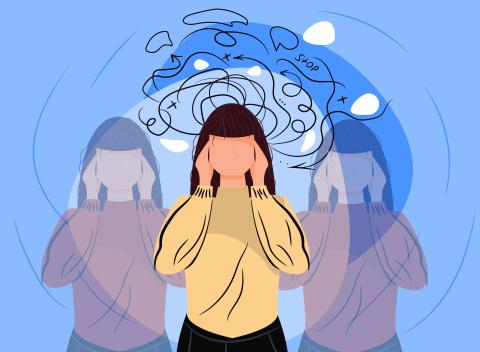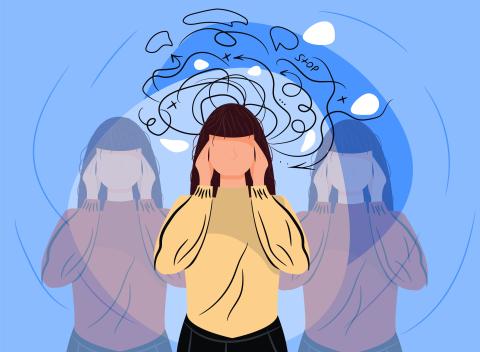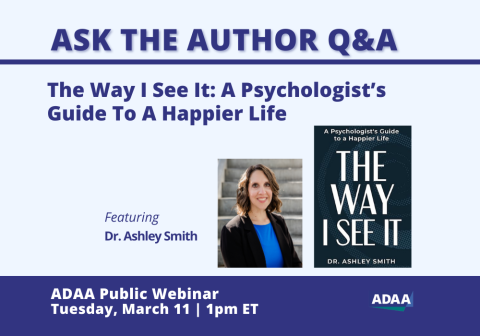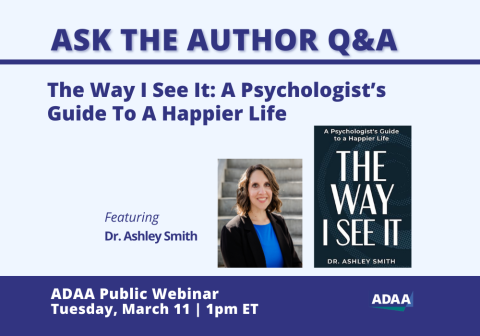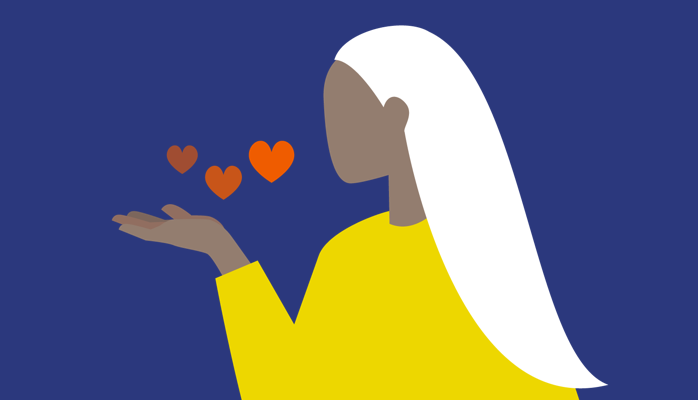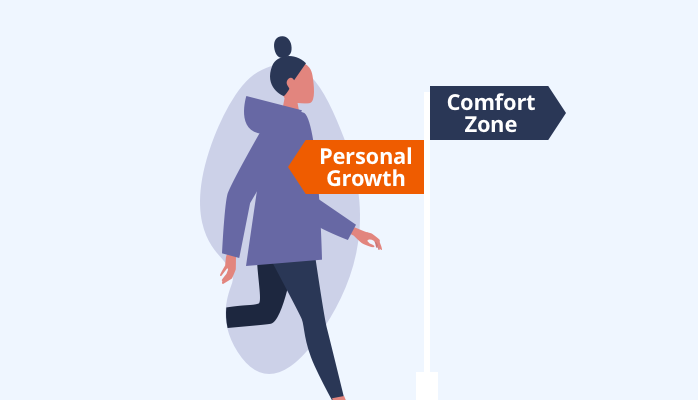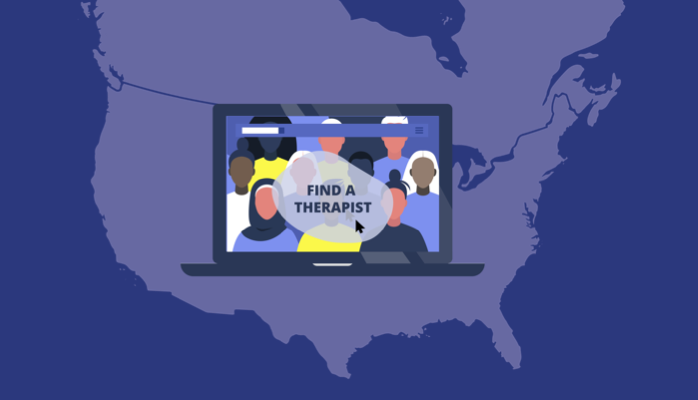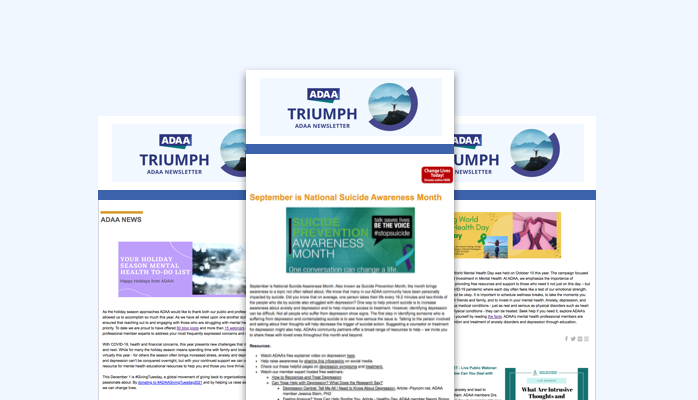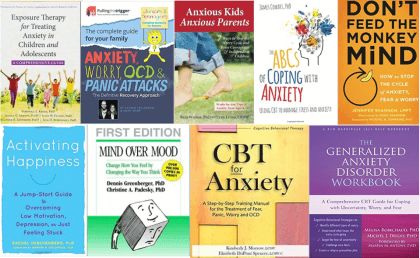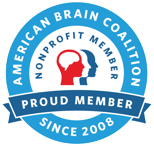Children and teens with bipolar disorder experience unusual and extreme mood changes, which can affect energy and behavior. These changes are different from normal childhood and adolescent ups and downs. At times, those with bipolar disorder feel very happy and are much more active than usual. But other times, they feel extremely sad and are much less active.
Symptoms may appear gradually or suddenly, which can make the illness difficult to diagnose. And they can impair daily life, making it hard to do well in school or get along with friends and family members. Bipolar disorder can also be dangerous because some young people think about suicide.
Treatment will help those who have the illness manage their symptoms, including the severity and recurrences. Stress or anxiety, as well as an anxiety disorder, may be present at the same time. Receiving treatment for an anxiety disorder and learning how to cope with stress are also important in the treatment and lifelong management of this illness.
Resources
- What is Bipolar Disorder? - ADAA video
- Bipolar Disorder in Children and Teens booklet (National Institute of Mental Health)

